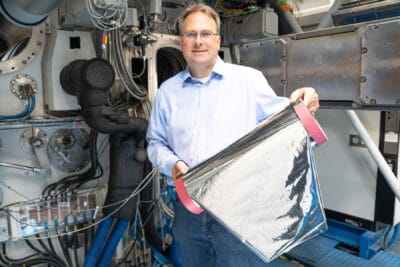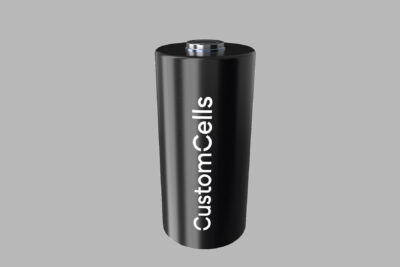Graz researchers improve solid-state Li-Ion conductors
An international research team at the University of Technology in Graz presented a new solid electrolyte for batteries. According to a statement by the university, it shows one of the fastest lithium migration processes ever measured in a lithium-ion conductor. Toyota was also involved in the project.
Together with the TU Munich and the Belgian Université Catholique de Louvain, researchers from the TU Graz presented a promising crystalline ion conductor with “remarkably high lithium-ion mobility” in the specialist journal Chem. The study was conducted in collaboration with Toyota Motor Europe. With this material, the researchers want to combine the advantages of solid-state batteries (including higher energy density and greater safety due to the lack of flammable components) with the properties of liquid electrolyte batteries.
The new ion conductor consists of lithium titanium thiophosphate, LTPS for short. According to the researchers, the material is characterised by its unusual crystal structure. This causes a “geometric frustration”. The theory of the researchers from the Belgian university is that since, in contrast to other ionic conductors, there are no energetically strongly favoured “dwelling places” for the ions in this crystal structure, they are “dissatisfied” with their current place. According to the calculations, this frustration leads to very high lithium mobility.
“The lithium ions seek out suitable sites in a rather frantic way, meaning that they move through LTPS’s crystallographic structure extremely rapidly,” says Martin Wilkening of the Institute for Chemical Technology of Materials at Graz University of Technology and head of the Christian Doppler Laboratory for lithium batteries located there. “This high ionic mobility is exactly what we’re after for use in solid-state electrolytes for solid-state batteries”.
Wilkening and his colleagues in Graz were now able to experimentally demonstrate the mobility calculated by their Belgian colleagues. The researchers found that the processes are still active even at extremely low temperatures – even at 20 Kelvin, i.e. 253 degrees Celsius below zero, the ions were still mobile. “It’s remarkable that we observed ionic mobility even at such low temperatures in LTPS,” says Wilkenung. “This is evidence of how strong the ion’s compulsion to move around in LTPS is.” The operating temperature of a solid fuel battery, for example in an electric car, would of course not be so low.
Despite the breakthrough, the material is not yet ready for series production just yet. The Belgian Université Catholique de Louvain has applied for a patent for the discovery of LTPS.





0 Comments